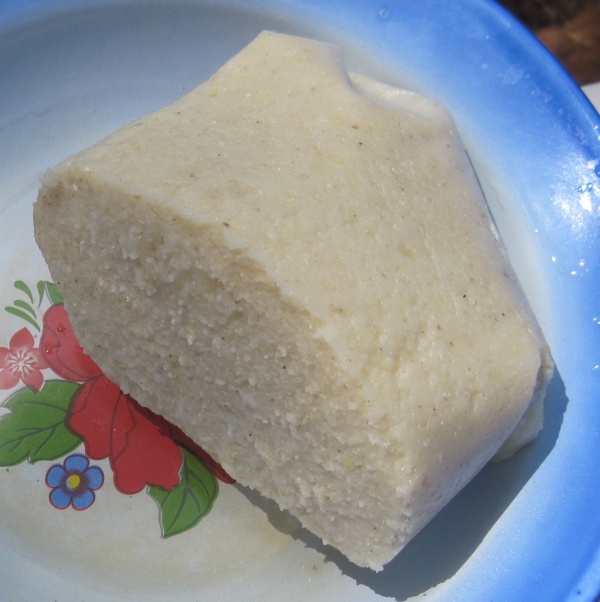Facts About Garri
Garri is a widely cherished food staple in West Africa, derived from cassava roots. It holds a significant place in the diets of various ethnic groups in countries such as Nigeria, Benin, Togo, Ghana, Guinea, Cameroon, and Liberia. The production process of garri involves peeling, washing, grating, and drying the cassava tubers into granules.
There are numerous ways to enjoy garri. It can be mixed with water, sugar, and milk for a quick meal, or eaten as a snack paired with peanuts. Additionally, it features prominently in dishes such as eba and kokoro.
Garri comes in different varieties, primarily white and yellow. The yellow variety derives its color from being fried in palm oil, while the white type is fried without any oil. In Ghana, people favor garri with finer grains and a pleasant flavor. In Nigeria, a special variety known as garri-Ijebu is particularly cherished by the Yoruba people from the Ijebu region. In Liberia, garri is used to create a sweet treat called kanyan.

 Benin
Benin